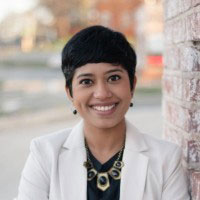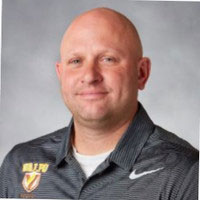A novel structure has to do with the story and the plot –the way the action unfolds, peaks, and resolves. It comprises the content of a story and the form used to tell the story.
Writing a novel is no easy task and there is no secret recipe or magical formula to complete a manuscript. At that point when you feel you have an excellent idea for a story, the preceding line of thought should be ‘What do I do next?’
The next line of action is creating a novel structure to ease the process of putting your first draft together.
Novels are fictional books that tell and elaborate stories. There are elements such as plot, theme, characters, and setting implored to tell a particular story conclusively. The way a tale is presented can differ from one writer to the other but these elements will remain indivisible factors of any meaningful story.
It will be too familiar and perhaps boring if all novels tell the same story in the same way. There is a need for novelists to know the significant structures, create twists, and own their way of presenting the tales to the readers.
Understanding how to structure a novel is vital if you want your story to be satisfying read and consequently, a best seller (who doesn’t want this?). A well-structured fictional narrative creates clarity and ensures you stick to a plan on how the actions roll out and resolve.
What is a Novel Structure?
Structure refers to how writers divide a story into parts and how they connect and resolve each phase to attain that much anticipated conclusion. It also points to how you can build and arrange a story around a central idea or theme.

In simpler terms, a novel structure is a means of giving a clear definition of the beginning, the middle, and the end of a story. This layout will ensure a fluid writing process because writing novels is cumbersome.
How to Structure a Novel
So you have a plot in your head (probably a single line summary of your story), you have connected various scenarios, and feel the story can make a best seller or at least provide a fascinating reading experience – great.
The next step will be to create a story structure. Here is an example from Cinderella on how to structure a novel:

Many side-line this crucial step and dive right into scribbling their imaginary scenes, characters, and actions. However, that is one reason why novelists find it hard to complete a story. Without structure, chances are you will lose coherence, and that is the last thing you want.
Some writers like to wing it, but even in stories that were written with only a loose outline, one can still notice a particular structure. Sometimes this can come naturally as we are orators. Transcending the thresholds of the standard and natural is what makes your story stand out.
An underlying story structure has a beginning, middle, and end. If you’re struggling with structure, using a novel writing template can be helpful:
This is a basic, generalized fiction template that can be worked into any genre once you have your details fleshed out. It offers guidelines that won’t inhibit your ideas or creativity.
The Beginning
This is the part that kick starts your story. An inciting incident which propels your account is introduced here. The inciting incident can come in various forms.
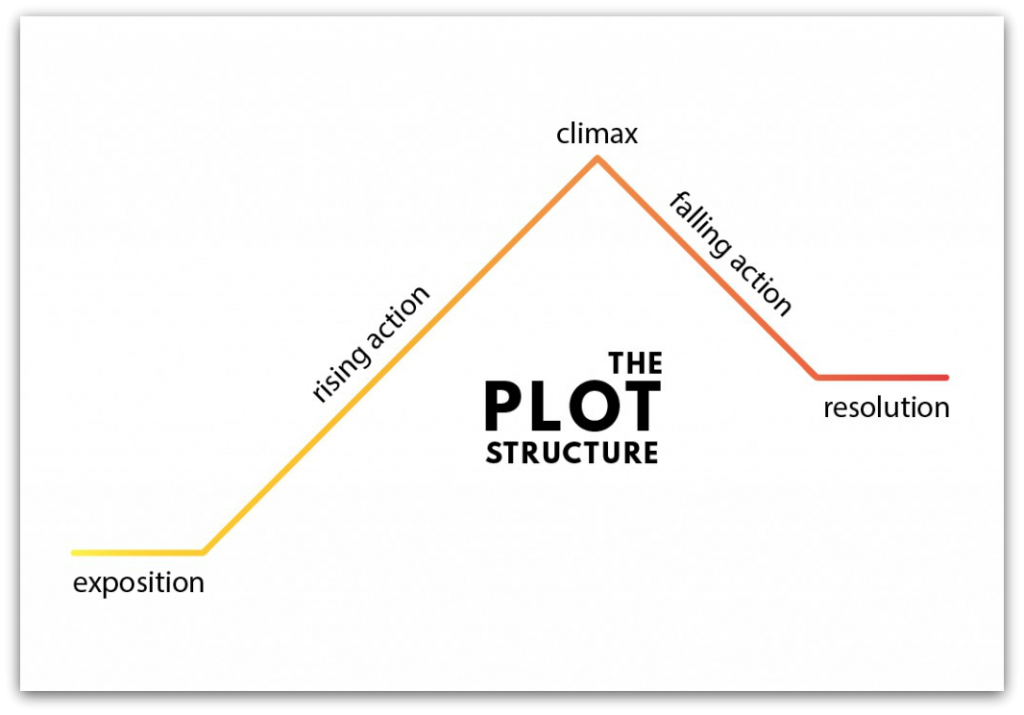
You can decide to present the primary characters (protagonists) of your story or describe some problematic situation that will require the protagonist to make a decision. This initial decision will determine the direction of the story.
Note that there is no fixed approach for beginning a novel. It is your story and so is centered on your world, fictional or not. Dive into the scene, own the plot, and give it a touch of you.
Also in this phase, the setting of the story is established so that readers have an idea where they are heading as they enter the next stage.
In J. K. Rowling’s Harry Potter series, for example, the inciting incident is the arrival of some mysterious letters which were sent to Harry from Hogwarts School of Witchcraft and Wizardry.
The Middle
After the purpose of the story and wants of the main character or characters (in the case of more than one protagonist) are defined, you enter the middle phase.
This supplies them with obstacles to bring out unique qualities in them for moral purposes or otherwise. Every story is primarily based on the concept of ‘someone wants something but has trouble getting it.’
The beginning introduces the ‘someone,’ and what they want and the middle presents the challenges or the factors that make them ‘have trouble getting what they want’.
Also in this part, a lot of secondary characters come and go. In some cases, protagonists may disappear from the story entirely. When this happens, we refer to those characters as false protagonists. Many novelists use this concept to create unexpected twists in their stories while writing a book.
Caution should be applied here, so the storyline doesn’t lose meaning and begin to bore the readers.
The Conclusion
There is often a climax towards the end of the story leading to a necessary resolution. If you are writing a crime novel, for instance, this phase is expected to contain the resolution of the conflict bounding the story after you have laced the atmosphere with so much suspense.
The concluding part of the story reveals a different side of the characters –through overcoming their challenges and scaling the obstacles, they reach a point of self-realization or discovery necessary to resolve and end the story.
A good story structure allows you to have an introduction of characters and setting, a development, and a conclusion. With this arrangement, you see the importance of each phase.
For example, trying to introduce your characters and setting throughout the novel will rid the story of sophistication and intrigue. The readers think ‘what exactly are you writing about and when will you begin getting on with it?’
Allowing your characters to develop, for their goals to grow and, perhaps, change immerses a reader in your fictional world and keeps their attention watered.
Types of Novel Structure
It’s essential to understand the types of novel structures if you want to learn how to write a book that will stand out from the crowd. Before creating a novel structure, having a comprehensive knowledge of the kinds of story structures that exist is paramount.
1. The Three-Act Structure

The three-act story structure is a popular technique used by novelists in structuring their stories. It divides the story into three parts:
The First Act
This is where the story is set. The characters and conflicts are introduced here. This part usually ends in a disastrous situation that will require the primary role (s) to make a decision and commit themselves to the story.
The Second Act
This is the most extended section of the story. Here, we see the characters hurled through adventures and challenges. Some major situations here can make the story take on a new direction.
The Third Act
After the long second act, the conflicts reach a climax where the characters have to give their all to triumph. There is often a resolution of these conflicts geared at attaining the ‘great end.’
Examples of novels that employed the three-act structure include Harry Potter and Twilight.
2. Mirror Structure
This technique doesn’t require you to segment your book into acts although you can if you so desire. It involves leaving sections of the book incomplete, with issues you only resolve later on.
This means you start with the last character or setting and end with the first character or background. This structure was used effectively by David Mitchell in Cloud Atlas.
Since any approach at structuring a study is acceptable, provided that it is excellent and engaging, the mirror structure can be a fantastic method for your novel.
3. Milieu Story Structure

Every story has a milieu. The milieu comprises all the elements involved during the creation of your story’s imaginary world. It entails the society, the weather, the family and several other factors.
When a story is structured around the milieu, the elements of the milieu is what the writer is concerned about. It might be to explore strange terrains or to draw the attention of readers to specific changes in nature.
The structure of a milieu story allows a character with the same point of view we have to explore strange places. The role is then transformed by the exciting features of that place and returns a new person.
Novels with this structure include The Wonderful Wizard of Oz by L. Frank Baum and Jonathan Swift’s Gulliver’s Travels.
4. The Idea Story Structure
Idea stories project discoveries and information through the eyes of the characters. The structure, in its most basic form, involves raising a question to start the story. The end is only reached when the subject is answered.
This structure is best fit for mysteries especially when the story begins with a crime. The question of who did it and why arises, and it becomes the purpose of the narrative to answer the question.
Sandra Brown’s Smoke Screen is an excellent example of a novel with this type of structure.
5. The Event Story Structure
The universe is wrapped in fabrics of order. When a story depicts the rise of a feature that causes the ordinary affairs of the world to derail, we say it is an event story. Here, there is often a rise of a new order to dispute the old one.
The event story begins when the character whose role is involved in the establishment of the new order comes to the scene. The end can come with different twists. It could end with the restoration of the old order like in the Mortal Engines movie or with the new world triumphing.
In rare cases, both worlds are enveloped in chaos as the forces of order are destroyed. Although Tolkien’s Lord of The Rings is a series, it is still a perfect example of novels with the event story structure.
6. The Character Story Structure
In a character story, the focus is placed on the transformation abilities of a character.
Stories with this structure often describe how a character develops abilities to change certain things in society. The author reveals less of who the character is, and more of what the character does and the influence those actions have on the society.
In most cases, the story begins with the main character showing signs of unhappiness, impatience or anger in their present condition. This invokes a yearning for a charge. The story ends with the character being transformed and made to assume a new role.
The Member of the Weddingis a classic novel by Carson McCullers that employed this novel structure.
How to Pick the Best Story Structure for Your Novel
Several factors determine the right structure or combination of structures to use in your novel. First, you need to consider your characters. What will be their roles? How will they achieve their goals?
If your story is about solving a crime problem, the idea story structure can come in handy as an augmentation of the three-act structure.
Fantasies and science fictions are mostly written using the milieu story structure. However, it is acceptable to break out from usual conventions and do something extraordinary.
The three-act structure is the most popular technique when it comes to structuring a novel and even screenplays. Using such a structure in its basic form without significant twists or a combination of other arrangements will only result in a published novel that is no different from many others.
You Are Ready to Create Your Novel Structure
We have seen that structure plays an essential role in the process of writing your novel. It ensures you know what you’re writing and don’t run out of ideas too quickly.
A good story structure can also save you time. Think of it as a template detailing the progression of your storyline.
Know that there is no perfect approach and mistakes are welcomed. Therefore, be free to try different techniques and settle for those that help in telling your story better.

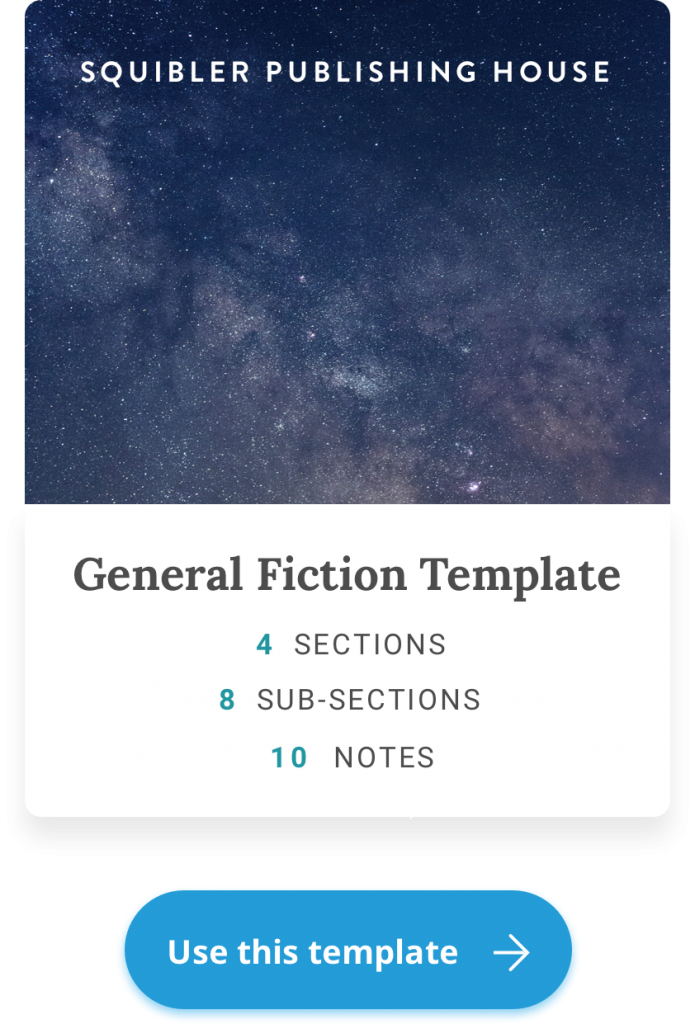
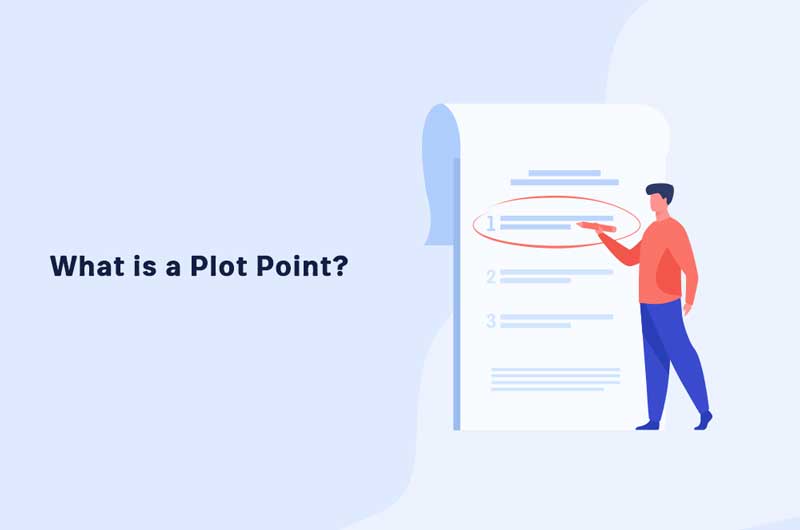
![How to Write a Fantasy Novel that Gets Read in 8 Steps [+Template]](/learn/wp-content/uploads/2021/12/How-to-Write-a-Fantasy-Novel-that-Gets-Read-in-8-Steps1.jpg)

